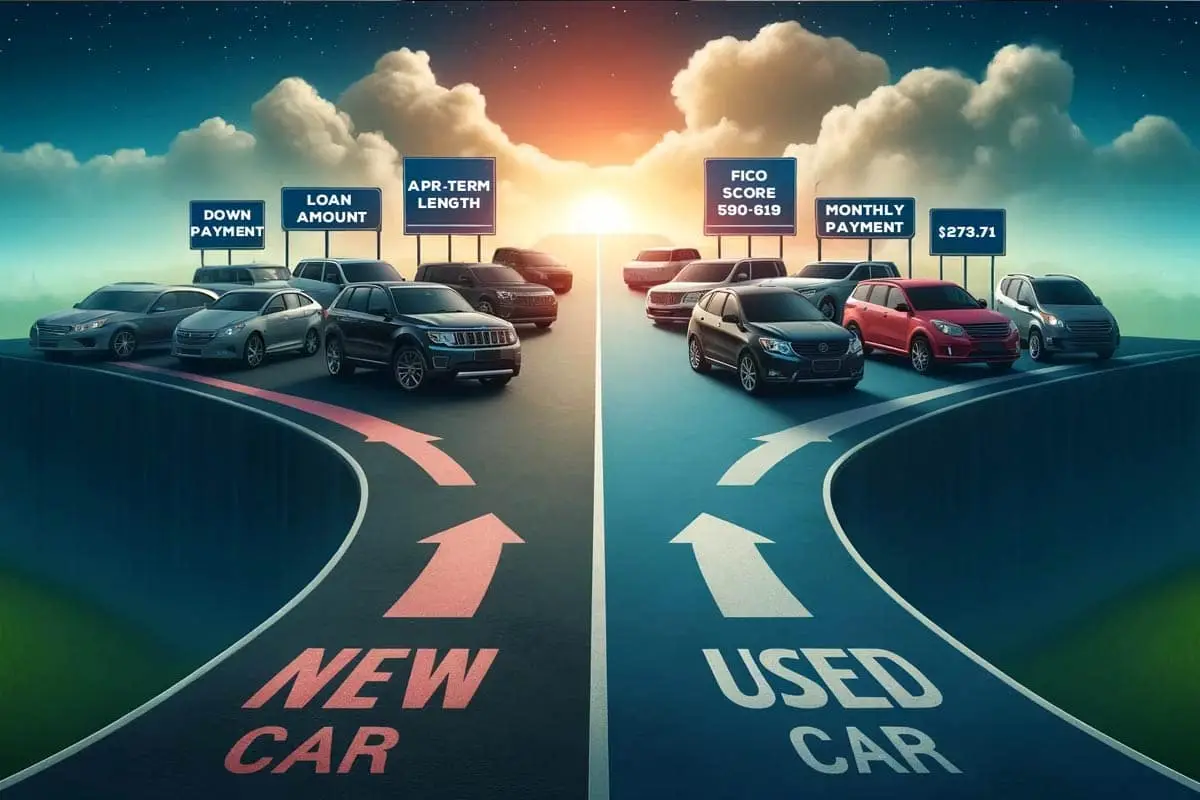[ad_1]

AUBURN, Ind. — Detroit wasn’t always the only “Motor City.” In the first half of the 20th century, hundreds of automobile marques were produced in dozens of cities and towns across America’s industrial heartland.
Although Auburn, Indiana, no longer produces automobiles, the town’s automotive history is, you might say, a real Duesy. And the town still celebrates — in a big way — its heritage as one of the top producers of luxury motor vehicles in the 1920s and 1930s.
Just a three-hour drive from Columbus in northeast Indiana, Auburn today is home to three world-class automotive museums.
Travel:Fort Wayne, Indiana, a weekend destination with vibrant downtown
You don’t need to be an enthusiast of antique automobiles to be completely dazzled by the collections on display in Auburn. And the buildings in which the museums are housed are nearly as fascinating as the vehicles they contain.

Auburn Cord Duesenberg Automobile Museum
The Auburn Cord Duesenberg Automobile Museum (www.automobilemuseum.org) is dedicated, as the name would suggest, to the Auburn, Cord and Duesenberg models produced in Auburn by the Auburn Automobile Company.
The museum is located in the original automotive showroom within what was the company’s world headquarters.
The headquarters was completed in 1930 in the art deco-style, a style that also informed the design of the streamlined, motorized beauties the company sold to discerning auto buyers.
The building, itself a National Historic Landmark, has been restored to its deco luster and would be worth visiting even without the dozens of classic automobiles — some one of a kind — that are on display on the showroom floor, just as they would have been when the building was new.

In addition to the showroom, museum visitors will find a variety of other displays on the three levels of the headquarters building, including the office of company president E.L. Cord.
Cord, an automotive visionary, took control of Auburn Automobile in 1926 and purchased Duesenberg a year later. During Cord’s tenure, Auburn produced some of the most iconic automobiles of the 1920s and 1930s.
Day-trip destination:History — and lots of whiskey — on tap in western Pennsylvania
Other displays include the Early Auburns Gallery, featuring cars built by the company from 1903 until Cord’s ascension; and a display of other early cars built in other Indiana factories.

National Auto & Truck Museum
The National Auto & Truck Museum (www.natmus.org) is located directly behind the Auburn Cord Duesenberg Museum in the former service and experimental buildings of the Auburn Automobile Company.
The structures, as when they were built, are more utilitarian than the ornate headquarters building, but they are the perfect place to display the museum’s eclectic collection.

Among the hundreds of vehicles are a large collection of trucks and engines built by International Harvester and Navistar; classic cars of the 1950s; muscle cars of the 1960s and 1970s, an actual 1948 roadside diner moved inside the museum, and numerous prototypes and one-of-a-kind vehicles.
Also within the larger museum is the collection of the National Automotive & Truck Model & Toy Museum, with hundreds of toy and model cars, including a large display of antique pedal cars.

Ford V-8 Foundation
The Early Ford V-8 Foundation built its national museum (www.fordv8foundation.org) in Auburn because of the other automotive museums already
located there, said museum Executive Director Joshua Conrad.
The museum is dedicated to 1932–53 Ford vehicles, which also reflect much of the art deco aesthetic of the age.
The centerpiece of the museum is a newly opened wing, including a section resembling a smaller version of the Ford Rotunda pavilion at the 1933 Chicago World’s Fair. The original rotunda was later moved to Ford’s Dearborn Michigan Headquarters, where it served as a company visitor center until it burned in 1962.

Today, the original Ford Rotunda marquee welcomes visitors to the museum. The inside of the new building reproduces an upscale 1936 Ford dealer showroom and displays representatives of every Ford model for sale that year.
Visitors can even take a self-guided stroll for a 1936 showroom experience, learning about the features important to various buyers of the era, and which vehicle would likely appeal to each buyer.

Day-trip destination:Travel: Marietta, Ohio’s oldest city, blends fascinating history with modern amenities
Each vehicle, which looks as new as the day it rolled off the factory floor, shines with an almost heavenly gleam. The surfaces are so reflective that, without care, every picture a visitor takes of a vehicle can become an accidental selfie.
The museum includes several other displays and galleries, including a large collection of early Ford tractors.
Visitors who want even more old-car experiences can time a visit to coincide with one of Auburn’s many automotive-focused events, such as the Third Thursday Cruise-Ins held on the DeKalb County Courthouse Square.

And the annual Auburn Cord Duesenberg Festival (www.acdfestival.org), held over Labor Day weekend, attracts thousands of visitors from around the world to a wide variety of antique automotive events including parades, swap-meets, cruise-ins and a large and renowned classic automobile auction.
For more information about other things to see and do in Auburn and DeKalb County, visit www.visitdekalb.org.
Steve Stephens is a freelance travel writer and photographer. Email him at [email protected].
[ad_2]
Source link



/cdn.vox-cdn.com/uploads/chorus_image/image/62810996/Amm_DeepSentinel_01.0.jpg)

More Stories
Lookers Volkswagen Preston wins Motability Awards
Most small crossovers fail to protect rear passengers in new IIHS crash test
10 Best Christmas Vacations in the World